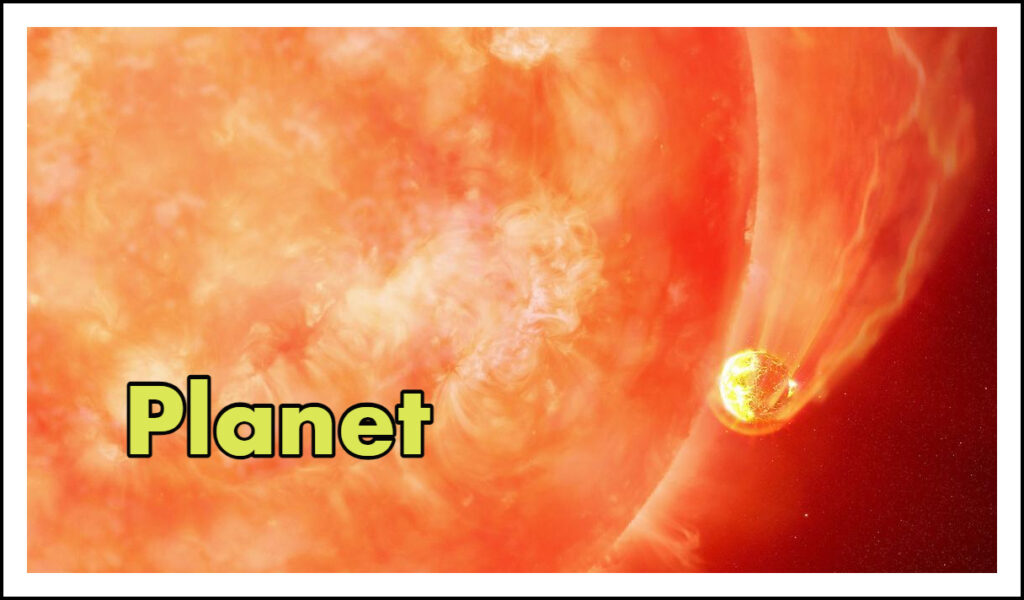News
the First Time, Scientists Witness A Star Consuming A Planet
Published
1 year agoon

The discovery is significant because it demonstrates what will happen to our planet when the Sun turns into a red giant and devours the four inner planet.
Scientists have for the first time seen the planet being engulfed by a dying star. The planet that was eaten was a gas giant the size of Jupiter, and the devourer star was the size of the Sun. A team of scientists from the Massachusetts Institute of Technology (MIT), Harvard University, and the California Institute of Technology reportedly witnessed the planet’s demise. They claimed that the occurrence is significant because it serves as a sombre prelude to what will transpire on Earth when the Sun turns into a red giant and devours the four inner planets.
Read Also:- Twitter’s paywall system has been removed from its application programming interface.
According to study lead author Kishalay De, a postdoctoral researcher at MIT, “I first read about the solar system planets being engulfed into the Sun in the future in high school, so it was surreal to realise that we may have found the first ever example of catching a similar event in real time.”
The process, according to the researchers, involves the larger star ageing and expanding to a million times its original size as it exhausts its fuel, swallowing up all the planets in its vicinity.
It was described by observers as a white-hot flash, followed by a longer-lasting, colder signal, which they attributed to the plant being swallowed by a star.
Read Also:- Today’s IPL match between SRH and KKR: Match at Hyderabad’s home ground.
Mr. De observed the event in 2020; it occurred in the Aquila constellation, about 12,000 light-years away. The team needed a full year to figure out what the white-hot flash meant.
“One of the key pieces of evidence we were trying to understand is that the outburst was producing dust in the lead-up to and after the outburst,” Mr De explained. “However, it takes time for the gas to cool and begin condensing dust molecules.”

The Sun-like star was approximately ten billion years old.
You may like
-


North Korea asserts that the test of a multiple-warhead missile was successful
-


The Student Wing of Congress storms the Exam Body NTA office and locks it from within
-


“During President Murmu’s address to Parliament, PM Modi was shown 73 times, and LoP Rahul Gandhi was shown six times”: Congress
-


NASA contracts Elon Musk’s SpaceX to deorbit the International Space Station in 2023.
-


A Caution For The CBI In The Delhi Court’s Arvind Kejriwal Custody Order
-


Bar Council of India requests that bar associations abstain from demonstrating in opposition to new criminal laws
